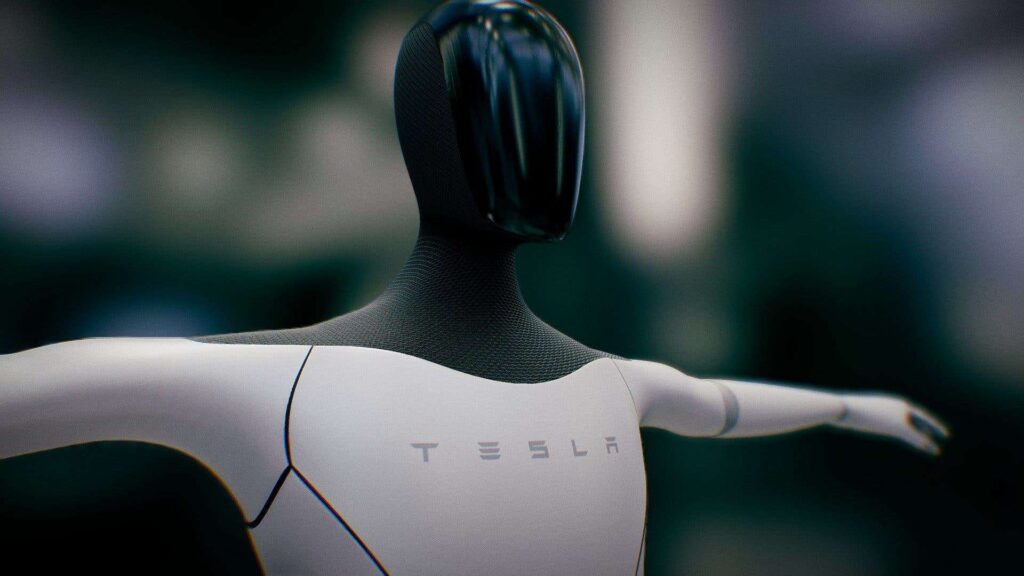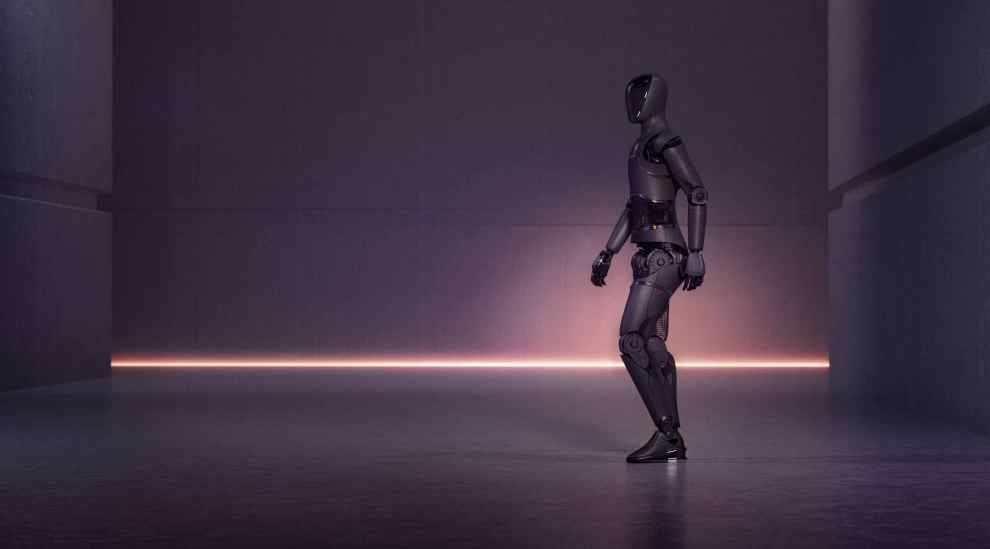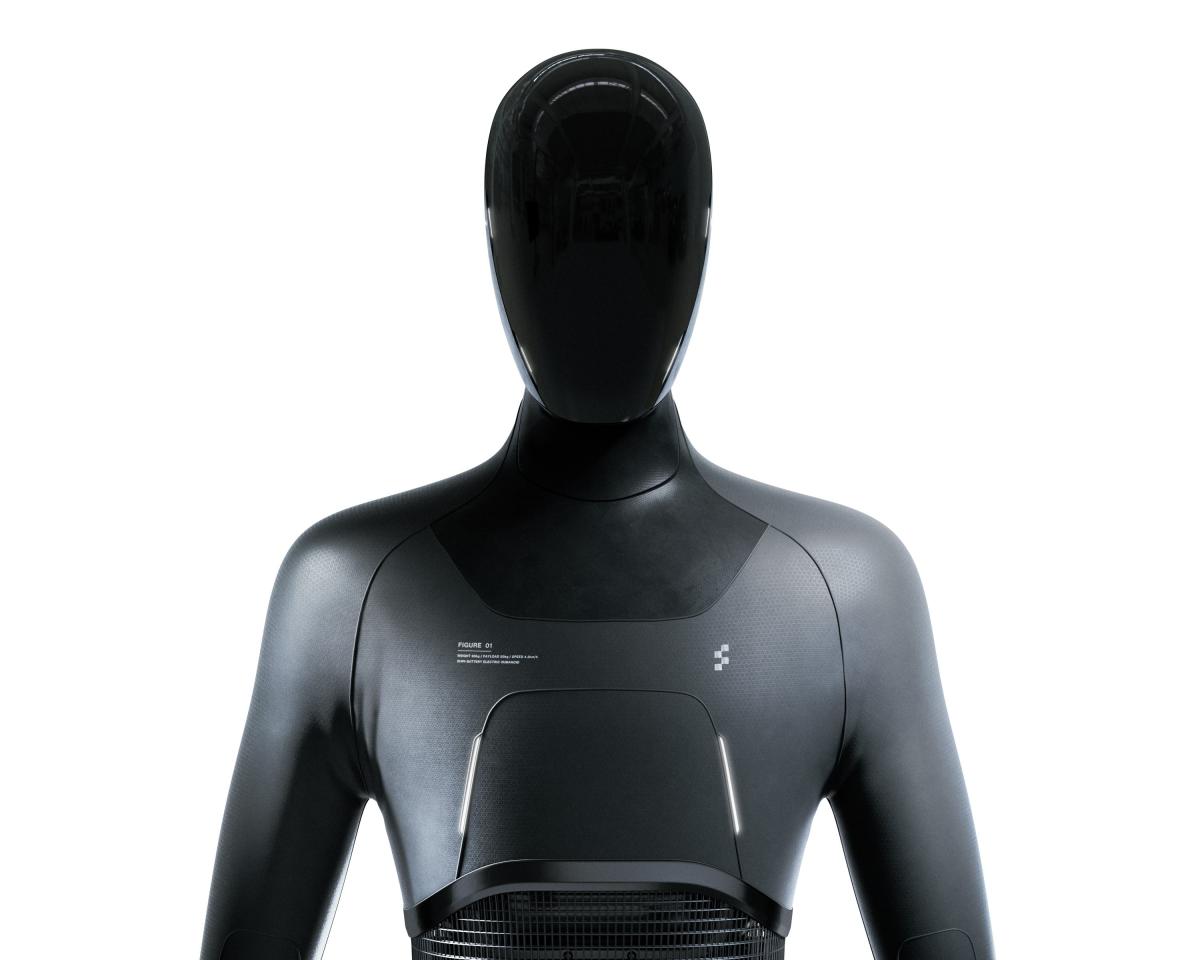Humanoid robots have always been a dream for many, a recurring theme for centuries. This is the first period in history in which it seems like we can achieve the goal, even if not as quickly as hoped.
Lights and shadows: Tesla's Optimus prototype has raised some eyebrows, those of Boston Dynamics they leave you speechless, but one wonders what autonomy they may have. The feeling is that this technology still has some way to go.
What is missing from humanoid robots for their advent?
First of all, paradoxically, the first obstacle is represented by the fact that they are humanoid robots. Our bodies aren't exactly perfect models of efficiency, despite being capable of performing complex tasks.
So why do we insist on making them “in our image”? Because, simply, we have created everything on a human scale. The houses, the cities, the tools. The vehicles. During the research it seemed logical to create a machine that had characteristics compatible with ours, given that they had to carry out "human" jobs.

Figures is no exception
This is the news of these hours: figure, a startup that just revealed its existence in September, has brought out its first prototypes of humanoid robots. Founded by Brett Adcock with an initial investment (unbelievable in similar cases) of 100 million dollars, it works hard to create a multipurpose bipedal humanoid robot. And it doesn't mean that it comes last.
Because here we are talking about a super startup. Practically an All Stars. The staff currently number 40 includes professionals from companies such as Boston Dynamics, Tesla, Apple and Alphabet X.
Adcock is determined to succeed where others have failed or are floundering, and to be able to commercialize humanoid robots that until yesterday were only the subject of research.

Figure 01, will it be the game changers?
The stages are stunning, so it's not a stretch to say that Figure seems to have come out of nowhere. September 2022: first press releases on its constitution. December 2022: The startup announces that it has completed the alpha build of its humanoid robot and has begun testing. March 2023: the first images of the prototypes.
Looking at them, the Figure 01s look a lot like the Teslabot: But Adcock says his are the most advanced electromechanical humanoid robots ever created.
What will Figure's humanoid robots be able to do?
The startup announces that the system is currently capable of carrying out a wide range of manual tasks. Figure's ultimate goal, of course, is the “universal” use of these humanoid robots, and not for specific tasks.
And it is clear that "horizontal" hardware that can adapt to many applications can revolutionize many sectors. From construction to factory work, through home care, logistics, retail.
In summary, although there is still a way to go, the future of humanoid robotics seems very promising, and sooner or later it will make its entry into society: perhaps "surprisingly", as Figure did.


